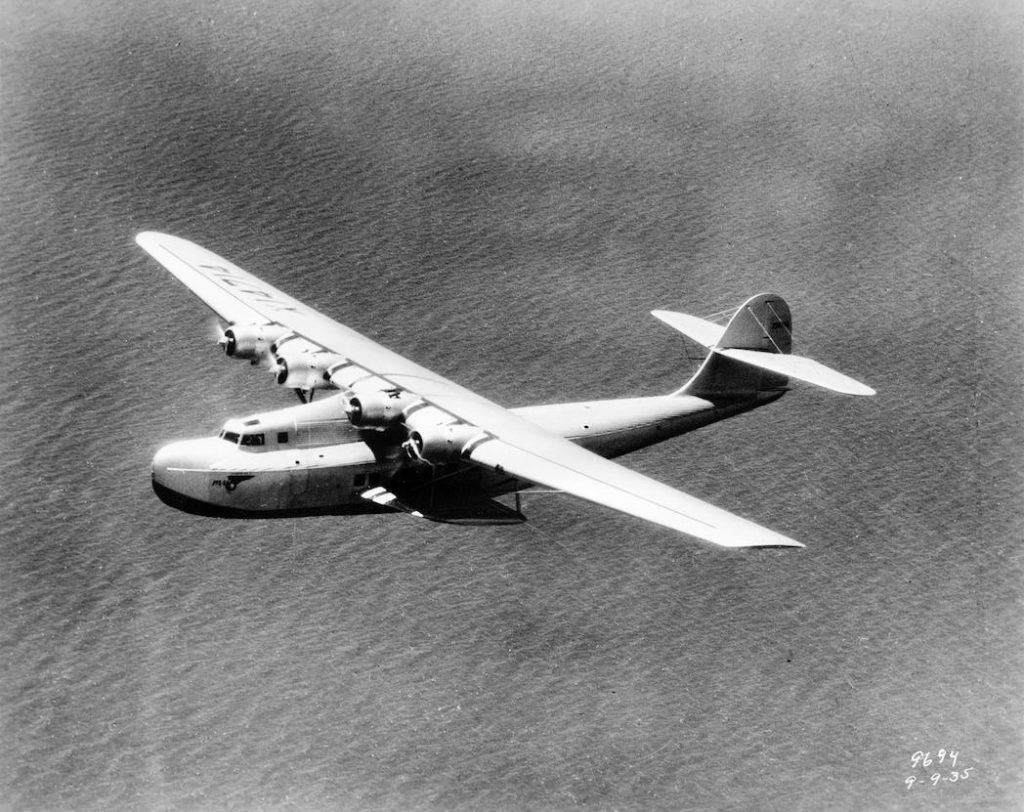Hawaiian Words of the Day: Kahua hoʻolulu mokulele
With FAA-required live-fire training taking place this week at Ellison Onizuka Kona International Airport, the “Hawaiian Words of the Day” for Feb 9 are: kahua hoʻolulu mokulele.
It means airport.
In 1986, in the Hawaiian Dictionary published by the University of Hawaiʻi Press Honolulu, authors Mary Kawena Pukui and Samuel H. Elbert posed the question: “Have any Hawaiian words been invented?”
They wrote that over the years, hundreds of words have been taken from English and have been rewritten with Hawaiian sounds. Some are not obvious, as penikila is “painkiller.” But they said in some instances, new ideas and inventions fit easily into Hawaiian, like airport. The dictionary states kahua means place, hoʻolulu means anchor and mokulele means a “flying ship.”
So does that mean that Mokulele Airlines — a Kailua-Kona based commuter service established in 1994 by Rebecca “Kawehi” Inaba — has a fleet of flying ships?

Well, according to the company website: In Hawaiian the word moku means island and lele means to leap or hop. Since there was not a word for airline in the Hawaiian language, when the first plane was introduced, native Hawaiians created the word mokulele.
“So our name has two meanings 1. Airline 2. Island Hopper,” the website said
But in the Wings of Freedom Aviation Museum website, they feature a 2018 story by Bryan R. Swopes called: “The curious tale of a flying boat named ‘Hawaiʻi Clipper.’ “

On July 29, 1938 at 4:11 GCT, the Pan American Airways System Flying boat Hawai’i Clipper just disappears. As Swopes tells the story, the flying boat lifted off from the waters of Apra Harbor on the west side of Guam, an island in the western Pacific Ocean, at 12:08 p.m. local time. The plan was to fly 12 1/2 hours to Manila in the Philippine Islands with nine crew members and six passengers.

Hawai’i Clipper never arrived at its destination. What happened to the flying boat and the 15 persons on board remains an enduring mystery in aviation history.
As with the disappearance of Amelia Earhart and Fred Noonan the previous year, conspiracy theories were plentiful. One theory said agents of the Empire of Japan had stowed away on the Hawai’i Clipper, hijacked it and flew it to Truk. The theory concludes the passengers and crew were murdered and their bodies buried under the foundation of a hospital that was under construction.

And a “United News” Newsreels shows the U.S. Navy’s “Huge flying ship Hawai’i Mars” in a trial run during World War II in the 1940s. The video says the flying ship is: “The size of a 15-room house with two decks and sleeping accommodations for 36. The Hawai’i Mars can fly to Europe and back nonstop. Until total victory, she will speed mighty men and supplies throughout the vast Pacific battlefront.”
In 1961, Mokulele Elementary School on land in Honolulu leased from the federal government to provide an education for the growing number of military families stationed in Hawaiʻi during the Vietnam War.

The significance of the school logo represents the Hawaiian interpretation of the word Mokulele meaning “flying ship or airplane.”
The school’s nickname is the “Flyers” and the airplane refers to its ties with the United States Air Force because the educational facility is located on Joint Base Pearl Harbor-Hickam. The school colors are blue and yellow.
Here are some other useful words to know when you are at an airport:
- kāinoa komo: check-in
- kikiki mokulele: flight ticket
- kahi e heled eku ai: destination
- ukana pākela: excess baggage
- hōʻae: arrival
- haʻalele: departure
- ʻōhua: passenger
- pāiki: suitcase
- wahi kāʻili ukana: baggage claim
Editor’s Note: Each day in February, we have a new “Hawaiian Word of the Day” during Mahina ʻŌlelo Hawaiʻi, Hawaiian Language Month. Check out the other words of the day on the Big Island website by clicking here.
Sponsored Content
Comments








